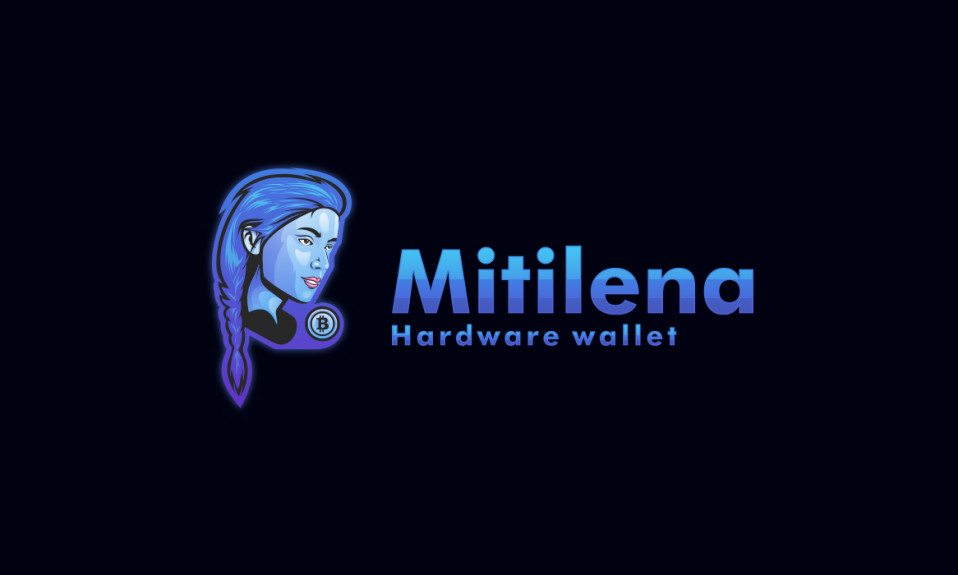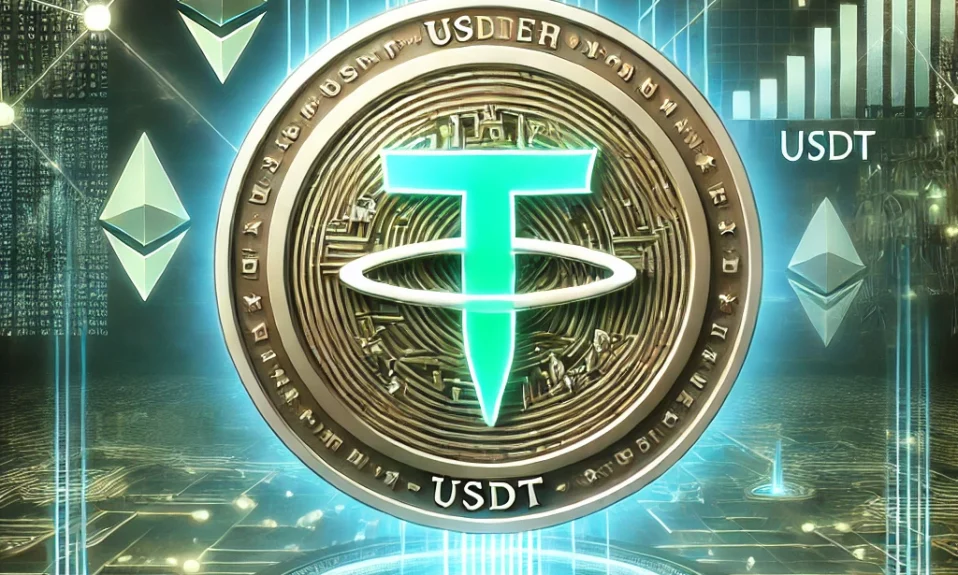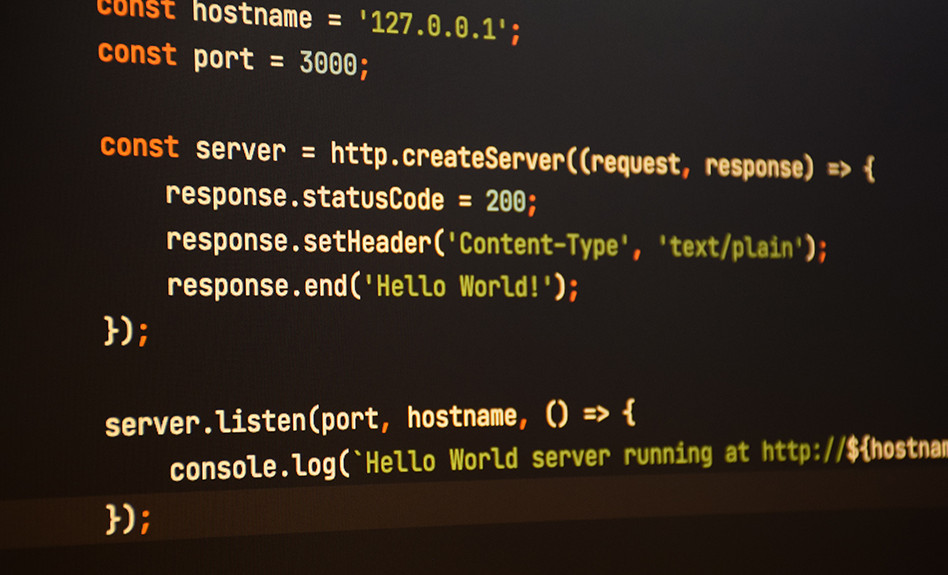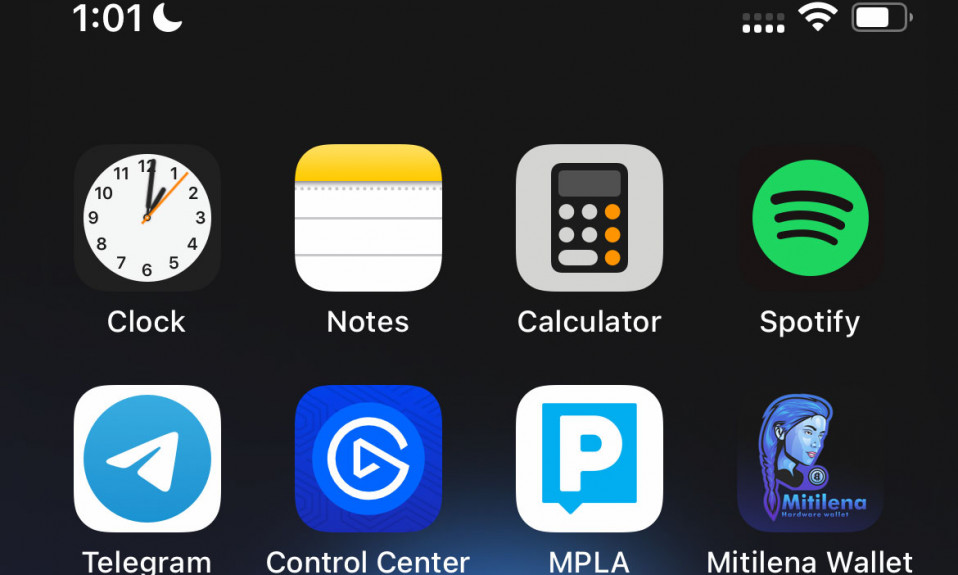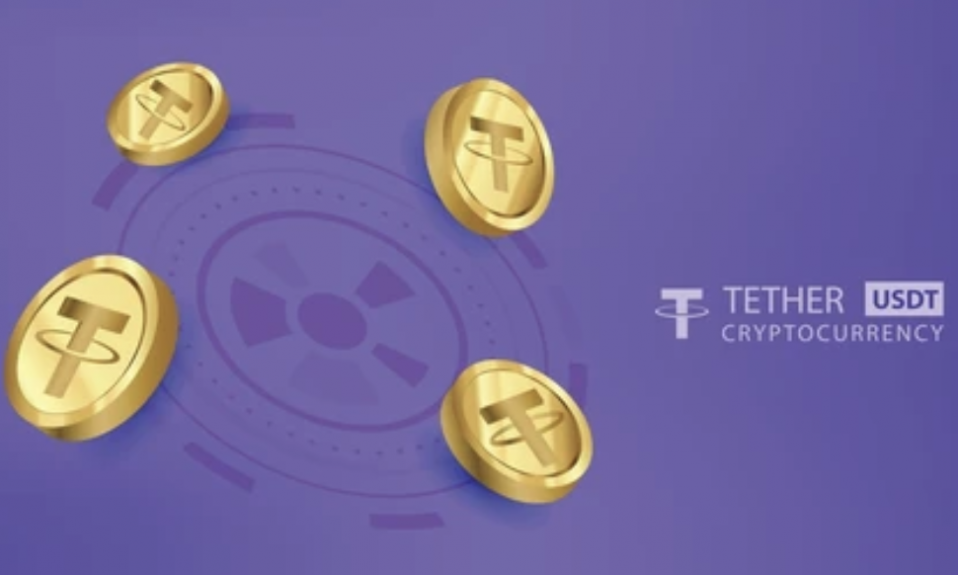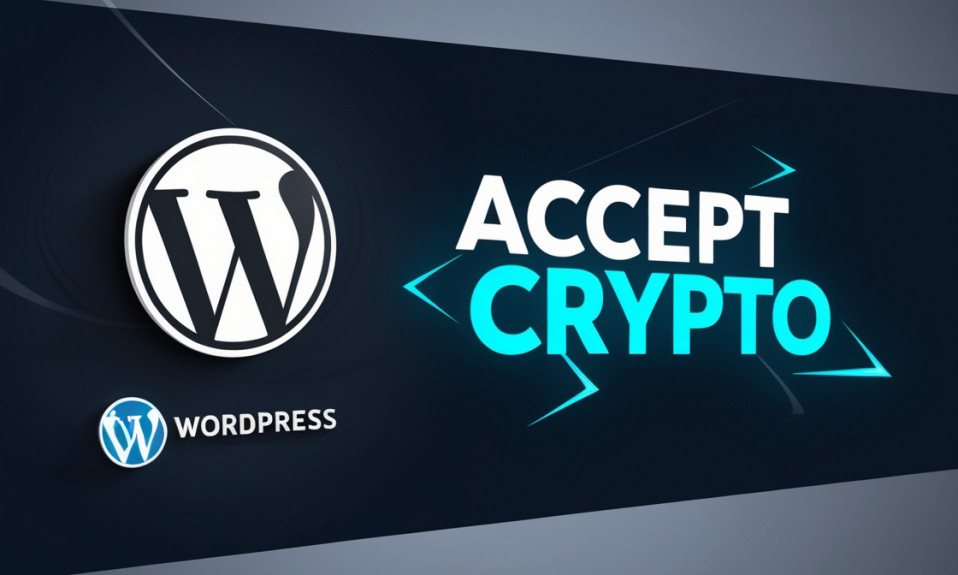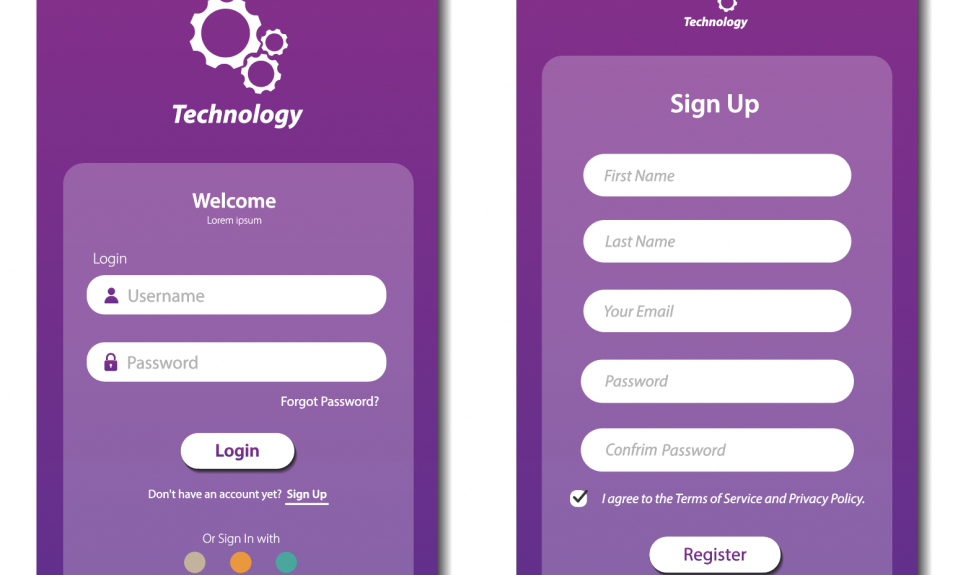In short, a hot wallet is one that is always online. You can connect to it at any time. Your internet banking is a hot wallet, your Paypal account is a hot wallet. Whether you like it or not, a hot wallet always shines out and anybody can connect to it.
This is the danger. Someone else might want to connect to it. Yes, this person does not have your password, but he may start to invent something: try brute-force passwords, steal passwords, hack the main system. In general, almost anyone can try to hack the entrance to your wallet. It is always available on the Internet, often you just need to know your username and password. While you sleep, someone is constantly trying to hack Paypal accounts and accounts in different Internet banking, at least by simple brute-force passwords.
A cold wallet is your offline program that can work without the Internet to confirm transactions. That is, there is no entry page somewhere on the Internet, having entered there, someone could send money from your account.
In short: the cryptographic process of signing transactions in the blockchain does not have to be done online, you can sign a transaction on a computer or phone that never goes online and therefore it is almost impossible for an attacker to get into the interaction between you -> an offline device. When you sign an offline transaction, you will have a result code (hash). This hash must be published on at least one blockchain node and your transaction will appear on the blockchain. Moreover, this hash is not a password and knowing it is not enough for someone to find out your password (private key).
You signed the transaction offline, copied the hash, turned off the device, and then on dozens of sites you can publish this hash in public nodes.
These are all conventional concepts, our wallet works in mixed mode and it has several modes:
1. Even the very first mode of operation, which we can hardly call a hot wallet, works safer than a hot wallet. Regular hot wallets keep your private keys (passwords) on the servers of the wallet developer company. Someone will hack the wallet developer -> will automatically hack you too. With us, your private key is stored in your browser and is never sent to our server, even in the free version. Your private key is stored in your browser and encrypted with your PIN code.
2. The second mode, paid, is an offline program for a computer or phone, in which you can sign transactions offline and even store (if you want) your private keys. When you need to send a cryptocurrency to someone, you simply fill out where and to whom on our website, then our wallet generates a special object with data or a QR code for you, you insert it into the offline transaction confirmation module, sign the transaction and get the hash that you need publish to the blockchain through our website or any other node. There is a huge plus of our wallet here, you can keep the program on any USB flash drive, you do not need to wait until you receive a special flash drive by mail. Buy the program and upload it to any of your USB flash drives. The data is encrypted there, but it is still of course better to store it in a little accessible place. And also, you can have a program without a USB flash drive, just on a computer, anyone. Either on any iOS / Android phone, while. Ideally keep on some old phone, where you never connect to the Internet. In the case of iOS, you can keep the program on your work iPhone, as there are high security standards. Also, by purchasing the paid version, you also get an offline web version, where you can sign transactions in a private tab with the Internet turned off.
That is, in fact, we have many modes of sending cryptocurrencies in our wallet, choose which one is more convenient for you and work. Free or paid. I advise you to use some browser to use our wallet, in which you usually do not surf the Internet, or if you do surf, at least turn off third-party extensions there.
In addition, over time, I will describe in more detail the modes of operation of the wallet, so that it is as clear as possible.

